Cool-weather crops are the first crops planted in our home gardens when the growing season starts. They are also the last crops to be planted as the season ends. Planning to grow cool-weather crops this year? Let us take a look at some of the most popular homegrown cool-weather crops you can grow to fill your pantry with when the weather outside is cool.
- Carrots
- Peas
- Beets
- Parsnips
- Arugula
- Salads, lettuce
- Spinach
- Radishes
- Swiss chard
- Kale
- Leek
- Onion
- Turnips
- Kohlrabi
- Cabbage
- Cauliflower
- Broccoli
- Collards
- Rutabaga
- Herbs
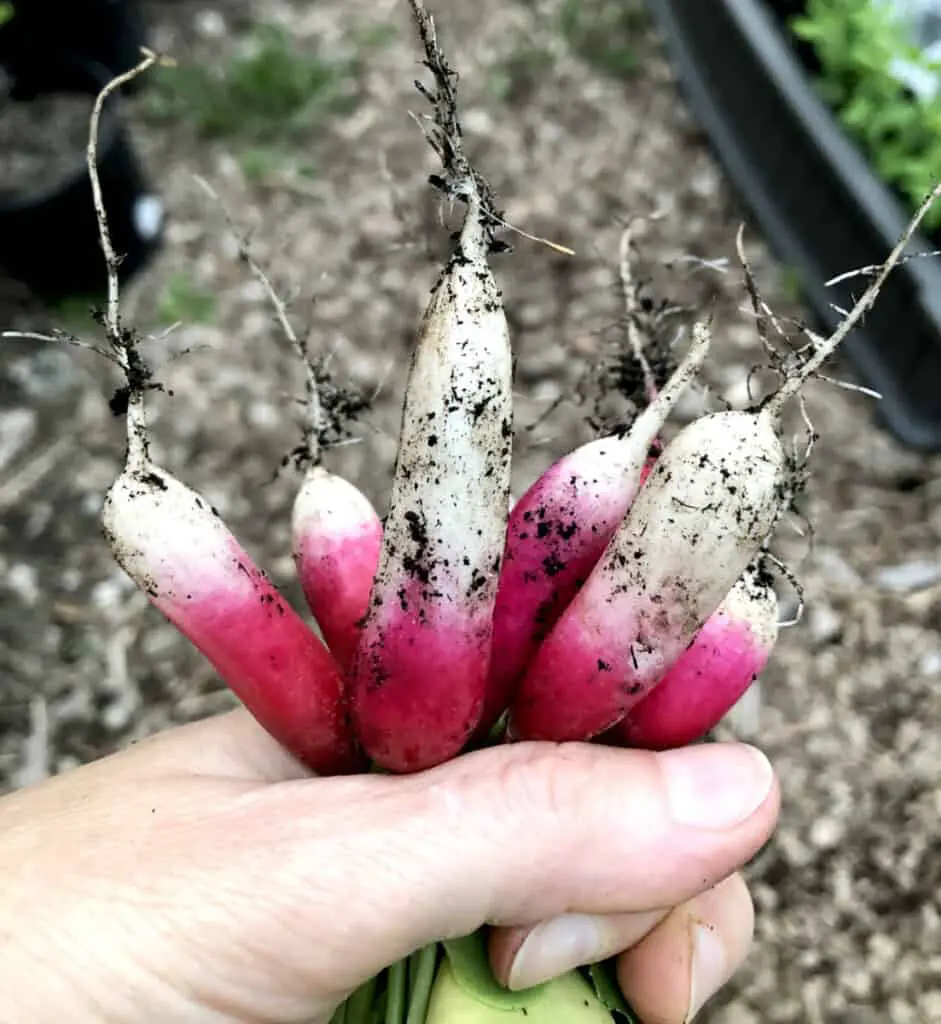
Cool-weather crops are one of my favorites to grow! It is first to go in the seeds trays and first to go directly into the ground outdoors. It is also the first one to be eaten! Cool crops are very diverse, they include leafy greens, herbs, root crops, brassicas, and much more. Some are easy to grow and some are still a challenge to concur.
I remember I struggled in my first years of gardening with growing carrots, radishes, and even beets. These never grew to a large size but rather remained small and woody. Nothing to really fill the stomach with.
As I built my soil, the carrots and radishes grew larger. It just happened, I did not do anything different, other than built my soil, which took time. One season I just got my carrots beautiful and large, and the radishes bulbed, and instead of woody sticks I had actually radishes! I was very happy. I also learned that these need a good watering. Some vegetables just need good soil.
Other crops, especially brassicas are almost impossible to grow in some areas, simply because of pests. In my area, I grow broccoli, cauliflower, and cabbage every year so far. But bugs are still winning most of the time. My brassicas grow beautifully, and when it’s time to harvest, I find most of them half-eaten by the bugs! So far, they are winning. I cover all my brassicas with nets but somehow those pesky things find a way in. This year, I am planning to give it a last chance. I covered all my brassicas with nets, again. It’s still too early to tell who wins this year, whether it will be me or the bugs. But I am seriously considering not growing brassicas next year if bugs take over my harvest this growing season.
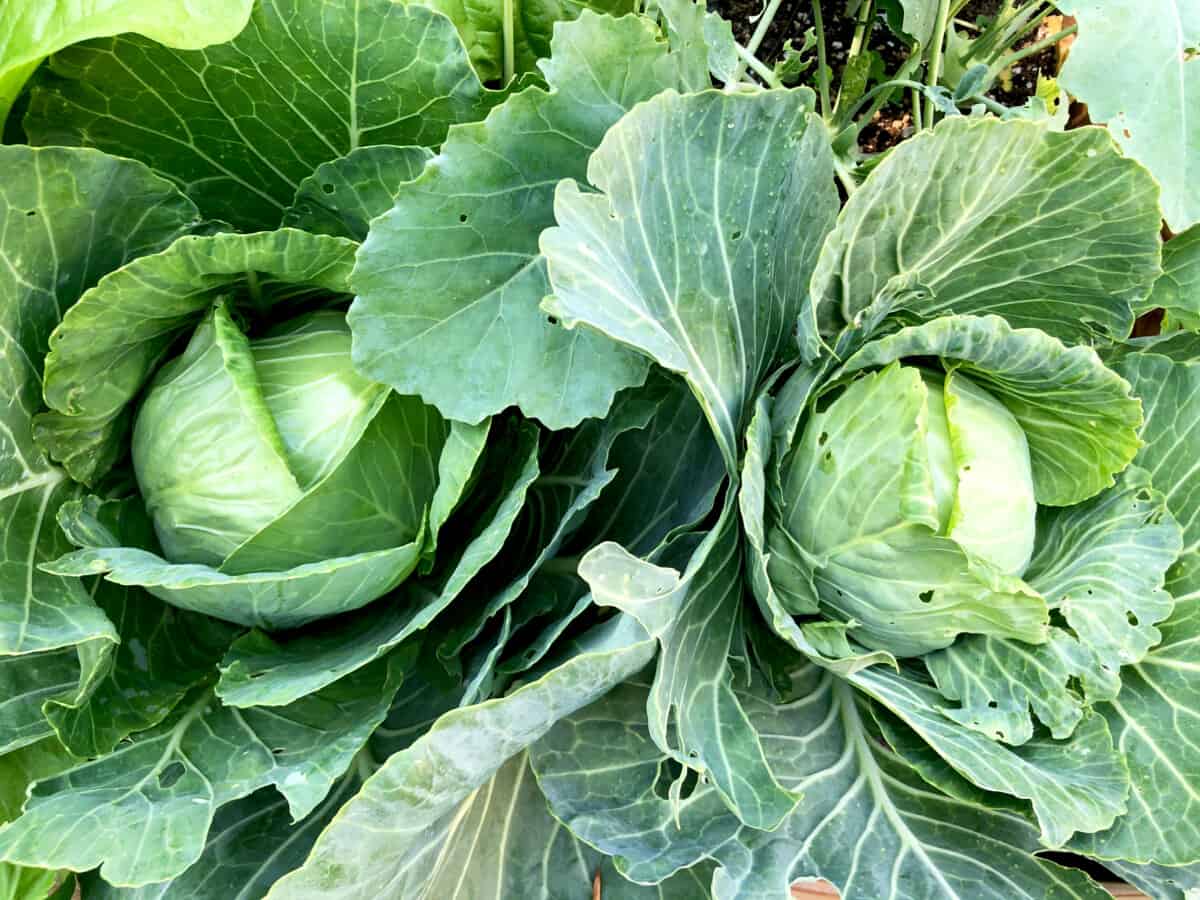
I simply understand that there are crops we can grow with ease in our respective areas and crops that will have no success whatsoever, for whatsoever reason.
When I read through some of the garden forums, brassicas such as cauliflower, broccoli, and cabbage were named as top vegetables home gardeners gave up on, because of pests these crops attract. And I totally understand since these are among my top almost impossible-to-grow veggies.
Please share with me what cool-weather vegetable you struggle with and what you think the reason is.
Cold-weather vegetables to plant in spring
All cold-weather vegetables can be planted in spring, especially the ones that are long-growing season vegetables, meaning they need a long time to grow and mature. Long-growing season cool vegetables that need a long time to grow and mature till harvest are onions, brussels sprouts, celery, leeks, shallots, parsnips, and rutabagas. Other cold-weather vegetables to plant in spring are root crops such as carrots, beets, parsnips, radishes, and turnips. Leafy greens such as head salads, lettuce mix, spinach, Swiss chard, kale, and arugula. Brassicas like cabbage, broccoli, collards, cauliflower, and kohlrabi. Also, peas and herbs like dill, chives, and cilantro.
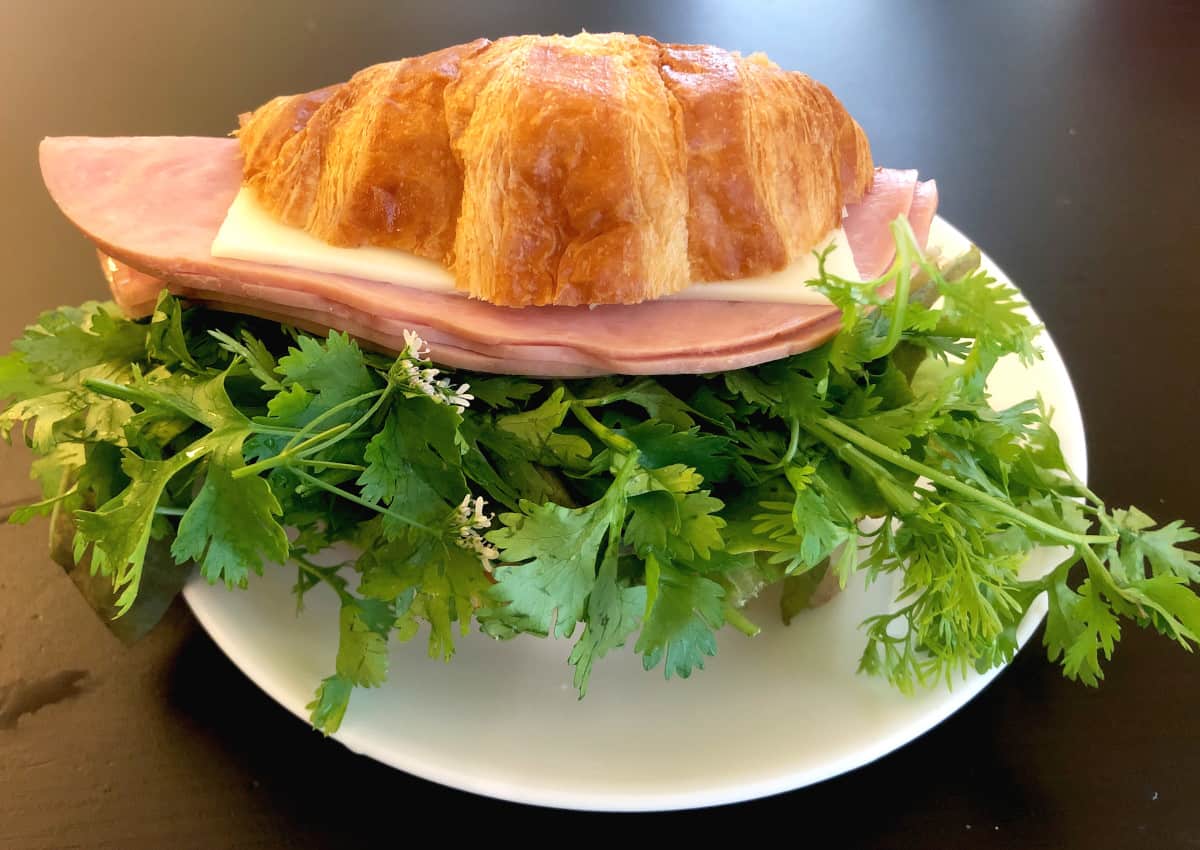
A GOOD READ: What vegetables to sow outdoors before the last frost?
Cold weather vegetables to plant in fall
Not all cold-weather vegetables are suitable to be planted in fall because some of them need a long growing season and there is not enough time for the long growing season cool crops to mature. Plant shorter-season cold-weather vegetables in fall such as carrots, beets, parsnips, radishes, turnips, and leafy greens like salads, lettuce mix, spinach, Swiss chard, kale, and arugula. Brassicas such as cabbage, broccoli, collards, cauliflower, and kohlrabi are also good to plant in the fall as they will have enough time to grow and mature before hard frost. Peas and herbs like dill, chives, and cilantro can also be planted in the fall. Do not plant in fall onions, brussels sprouts, celery, leeks, shallots, parsnips, and rutabagas as these will have not enough time to grow and mature before hard frost. On the other hand, garlic is one of the best very long-season crops that should be planted in fall as it is very frost tolerant and needs much time to develop roots underneath and bulbs. Fall is the best time to plant garlic!
Easiest cool-season vegetables to grow
Not all cool-season vegetables are equally easy to grow. Some cool-weather crops like brassicas including broccoli, cabbage, and cauliflower are considered to be some of the most difficult crops to grow because of pests that use to invade and take over these tasty plants. Grow easy-to-grow cool-season vegetables instead. Easiest cool-season vegetables to grow include radishes, carrots, parsnips, salads and lettuce, leafy greens like arugula, kale, swish chard, peas, spinach, turnips, kohlrabi, leeks, and herbs including dill and cilantro. These have fewer pests and are easy to grow compared to brassica family vegetables.
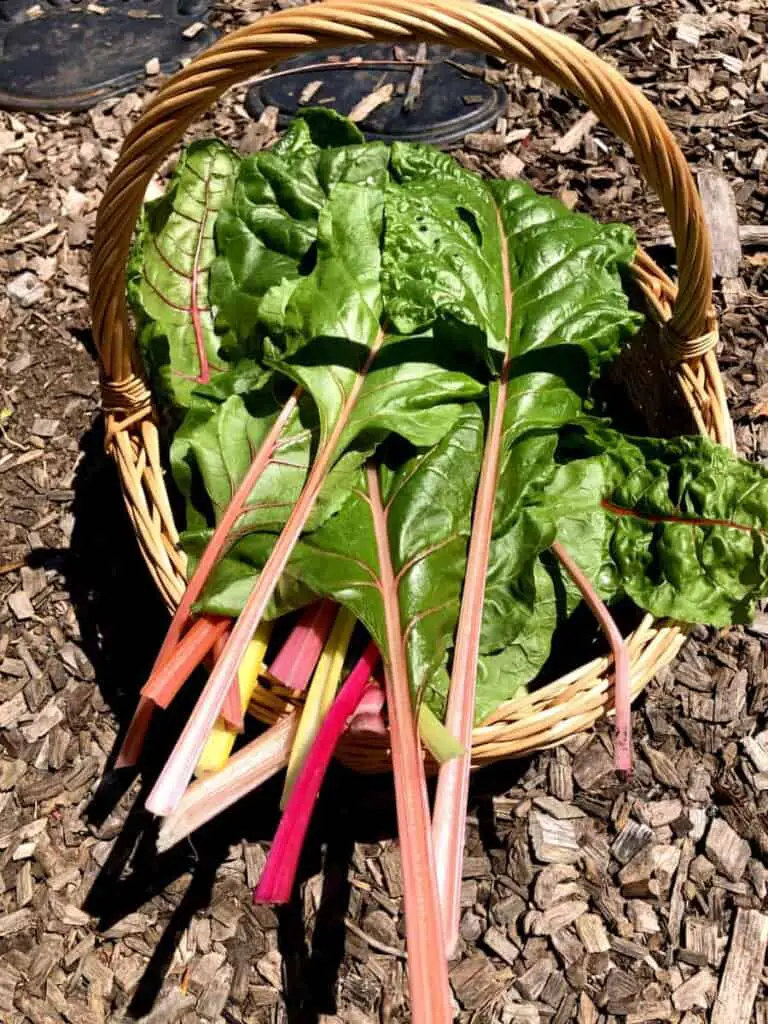
When to plant cool weather crops
Plant cool weather crops in spring indoors by seed starting in February. Plant the seedlings outdoors when the soil and air temperatures are at least 40 Fahrenheit. These will be harvested in late spring and early summer. For the fall garden, to harvest in late fall and early winter, plant cool weather crops in mid to late summer.
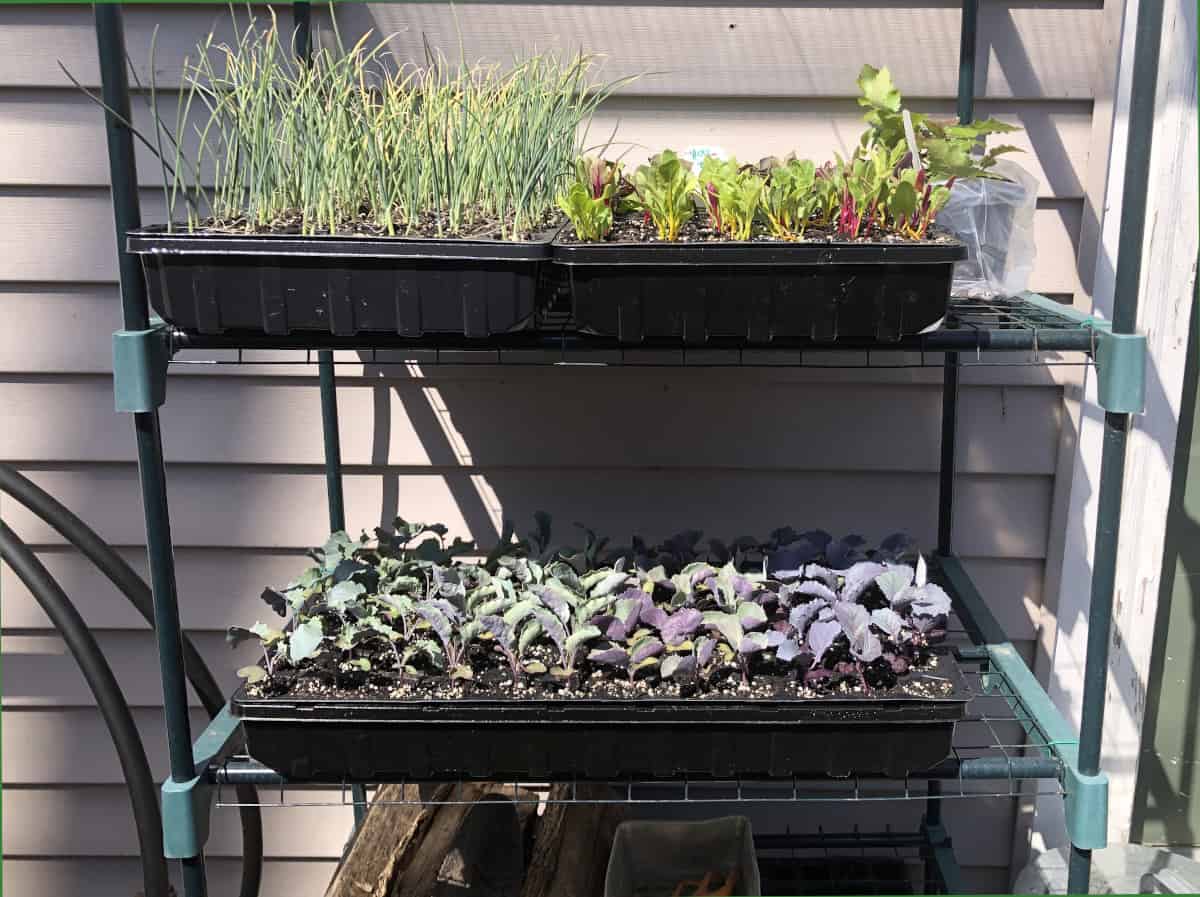
Know your hardiness zone in order to plant your vegetables at the proper times. Visit, What do hardiness zones mean and how to determine yours.
A GOOD READ: How to start seeds and care for seedlings
Since cool-weather crops are planted outdoors when there is a danger of frost, have your frost covers ready. Most cool-season plants can withstand light frost, but some might be damaged, set back, or even killed by the hard frost. I have my frost covers always handy to cover my plants in early spring and late fall. I use this one. I use this cover twice a year, in spring and in autumn. It lasted several seasons so far and it is still in great shape! I am sure it will last me several more seasons. I also use this fleece cover to cover my seeds when they are sowed in the ground to protect them from being eaten by birds or rodents and to keep the moisture and warmth locked in while they germinate.
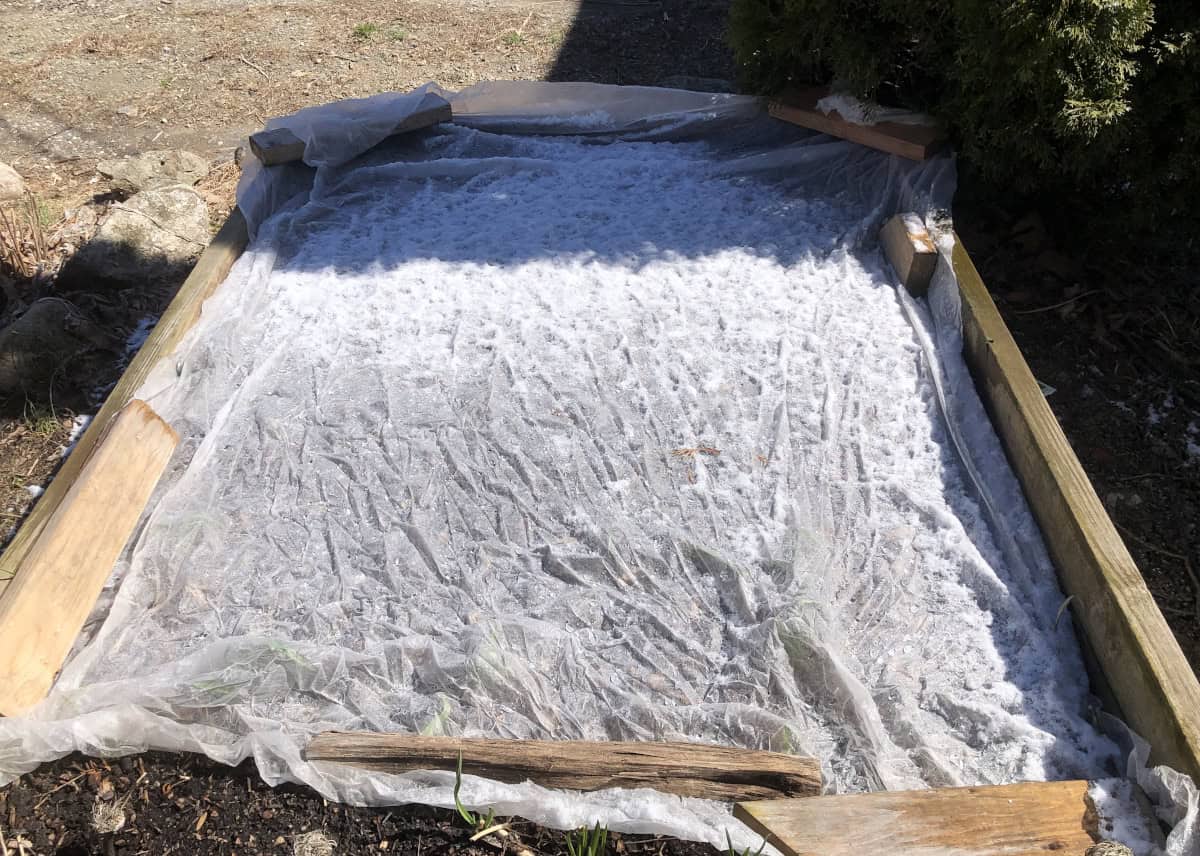
Easy vegetables to start from seed indoors

